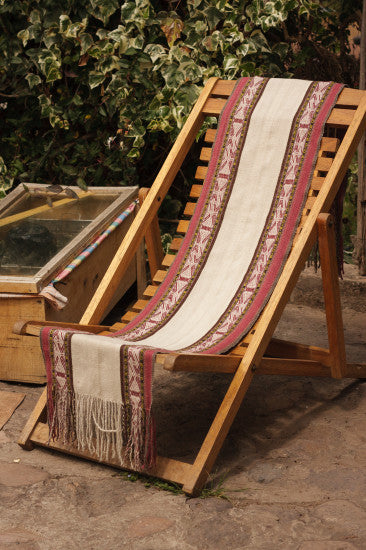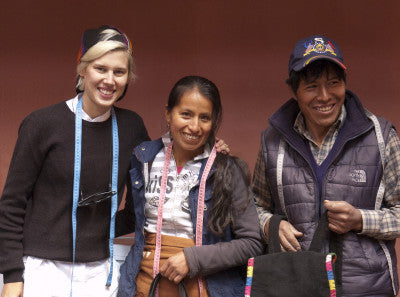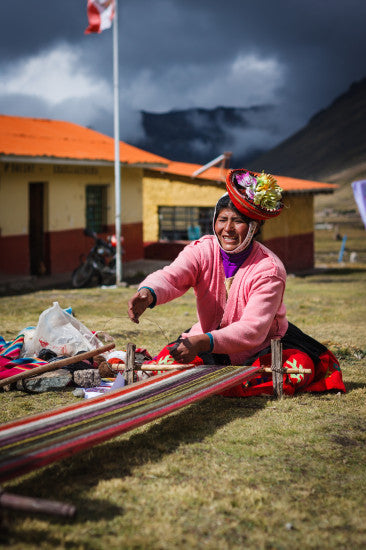May through September is peak wedding season in North America, and many of us will attend at least one ceremony before it’s over. Whether it’s your best friend, your cousin or a sibling chances are you’ll be looking for a special wedding gift for the happy couple as they embark on their new life together. Maybe you’re a last-minute shopper or maybe you like to stand apart from the typical registry offerings, but if you’re after something truly unique and meaningful, the MUNAY wedding table runner could be just what you’ve been searching for.

Q’INTIKUNA CHURUNAKUY - Love Woven into the Fabric of the Wedding Table Runner
As in many cultures across the globe and throughout the centuries, textiles play an important part of the traditional wedding rituals in the Andes. Not only are special garments prepared, sometimes months in advance, to adorn the bridal party, textiles also play a role as a form of dowry, a testament of the bride-to-be’s weaving ability, and special woven patterns have been developed to represent the loving union.
Though the subtleties of meaning vary from community to community, the patterns that illustrate frontally opposed birds – such as the q’intikuna churunakuy pattern featured in the MUNAY wedding table runner, which depicts hummingbirds with beaks joined – represent affection and love. Such patterns can also specifically express the affection the giver of the weaving feels towards the recipient.

Similar pallays featuring birds sharing food further symbolize the way a couple will share resources now that they are joined as one. There is also a balance in the MUNAY wedding table runner, such as in the contrasting use of light and dark colours. Like the traditional Chinese yin and yang symbols which illustrate the balance between male and female energies.

“Weddings symbolically bring together an asymmetrical but balanced union of male and female duality. This union, called yanatin in Quechua symbolically joins the ayllus of the male and the female in reciprocal commitments formed by the joining of man and woman.”
- Andrea Heckman, Woven Stories
Whether displayed on a wall or used to add a decorative touch to a table or other home furnishing, the MUNAY wedding table runner is a gorgeous work of woven art imbued with the love and affection that we celebrate during the wedding season.










